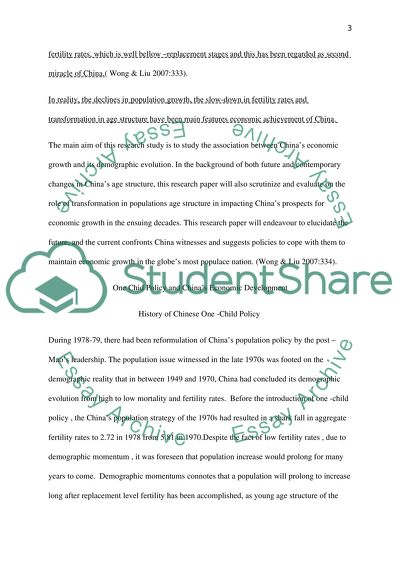Cite this document
(“How One Child Policy Would Affect Chinese Economy Research Paper”, n.d.)
Retrieved de https://studentshare.org/macro-microeconomics/1393691-one-child-policy-with-the-chinese-economy
Retrieved de https://studentshare.org/macro-microeconomics/1393691-one-child-policy-with-the-chinese-economy
(How One Child Policy Would Affect Chinese Economy Research Paper)
https://studentshare.org/macro-microeconomics/1393691-one-child-policy-with-the-chinese-economy.
https://studentshare.org/macro-microeconomics/1393691-one-child-policy-with-the-chinese-economy.
“How One Child Policy Would Affect Chinese Economy Research Paper”, n.d. https://studentshare.org/macro-microeconomics/1393691-one-child-policy-with-the-chinese-economy.


